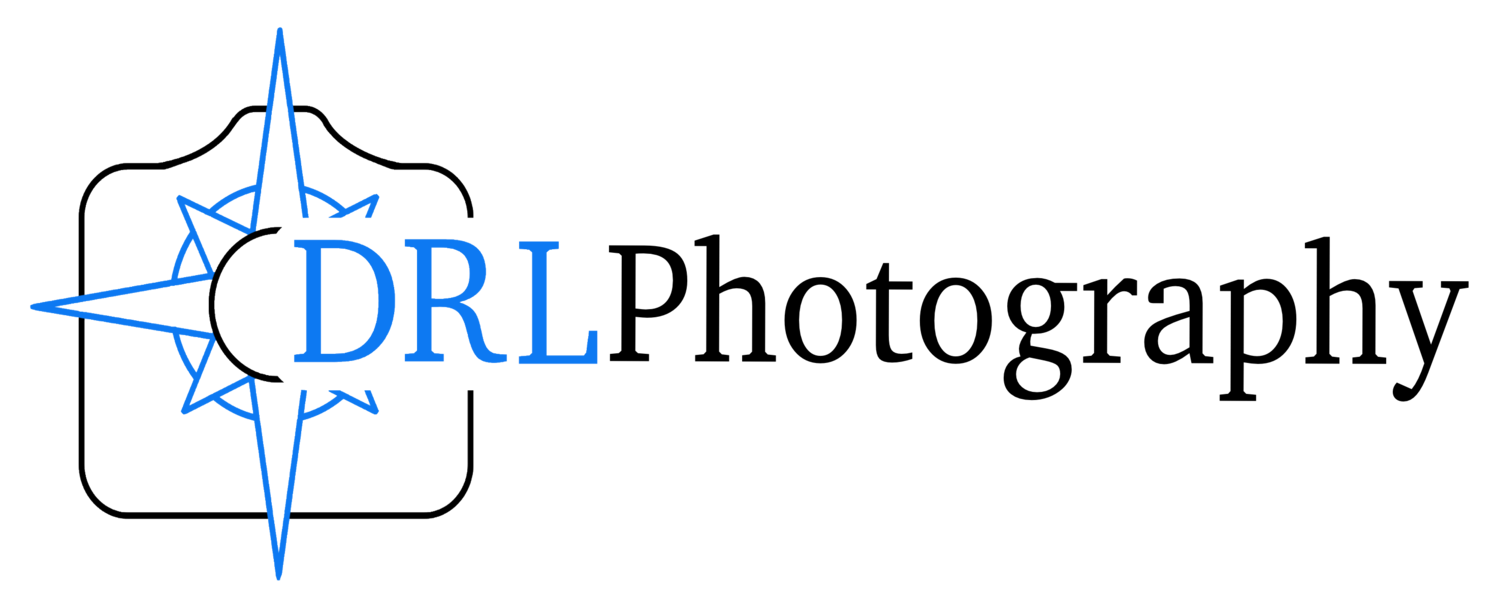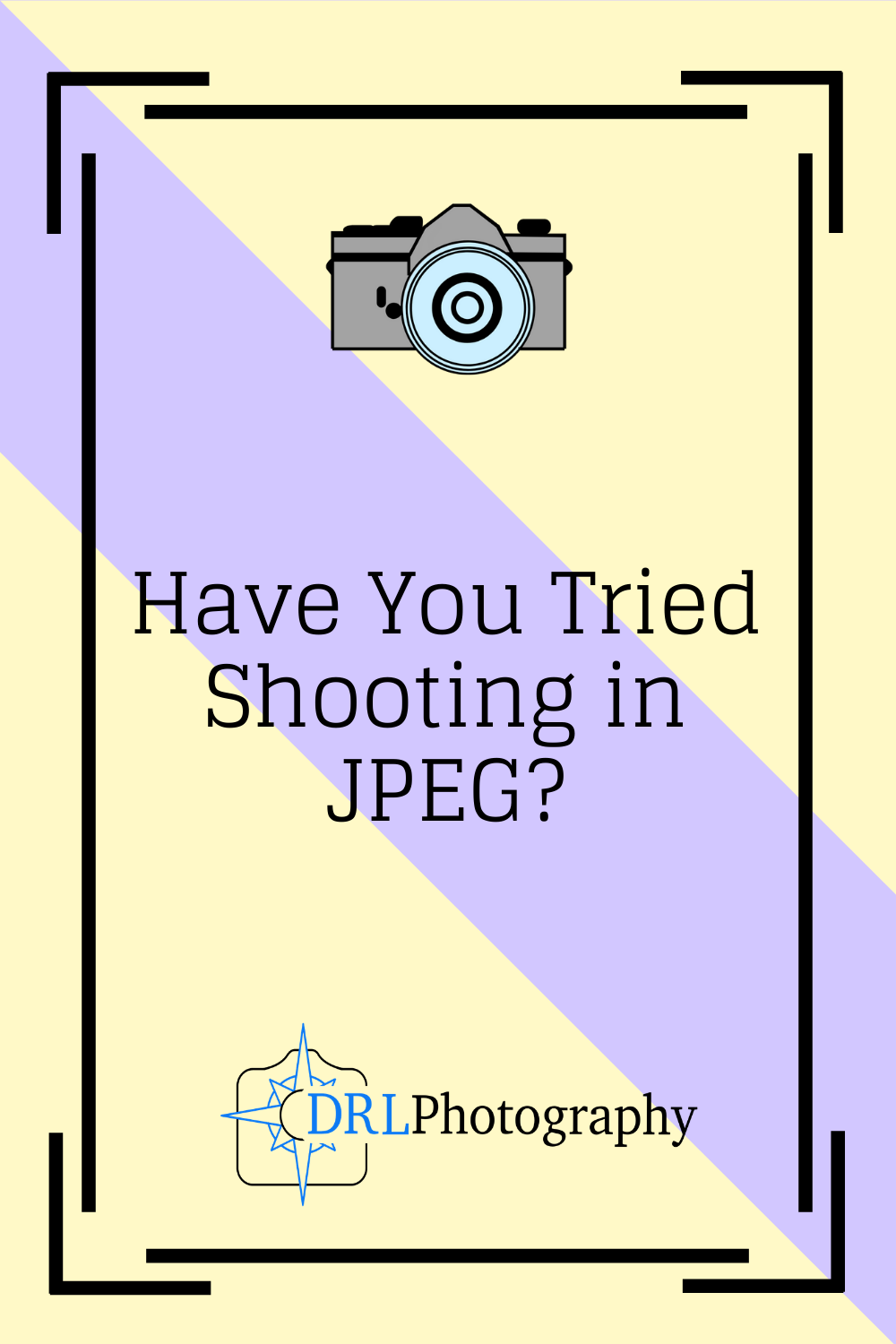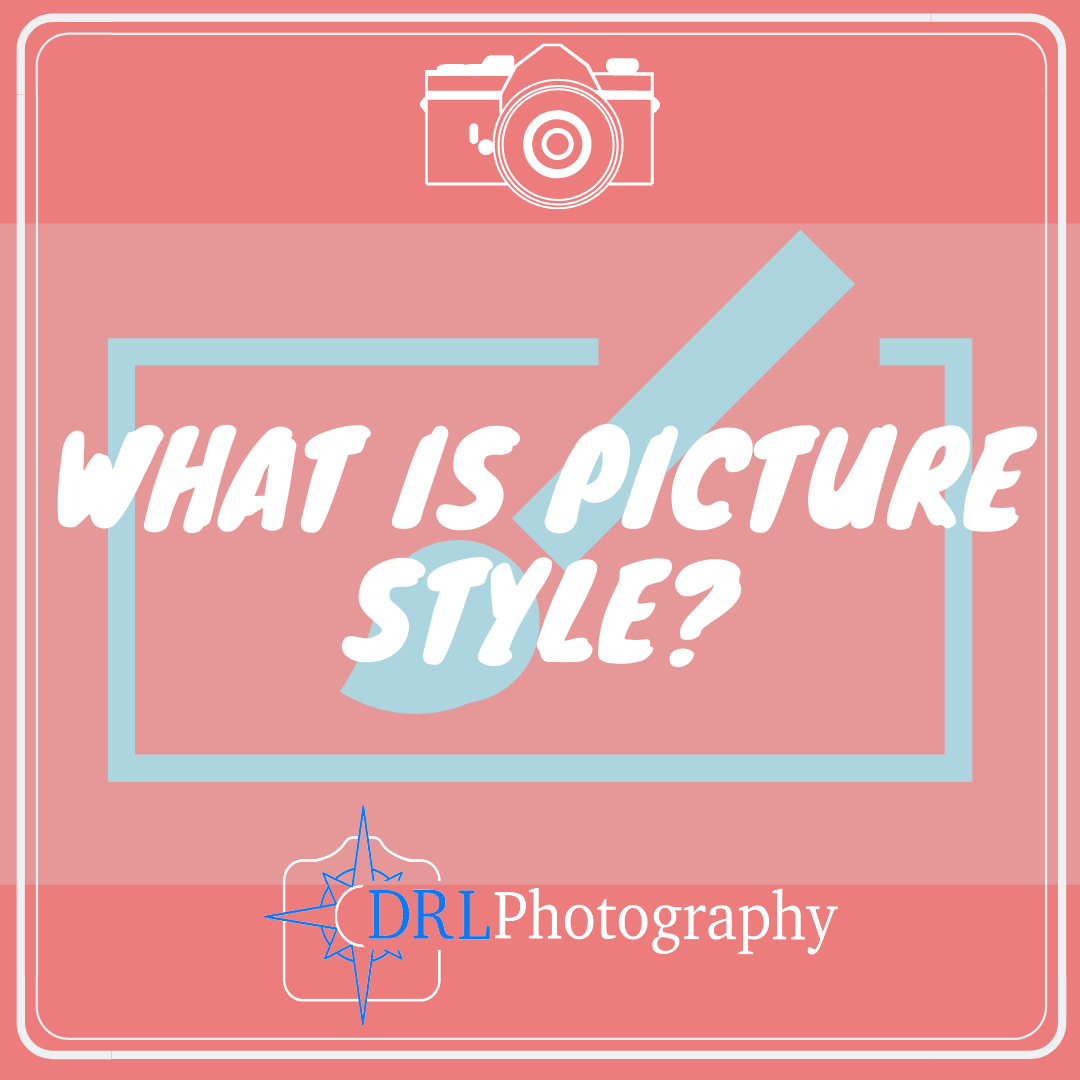Have You Tried Shooting in JPEG?
I’m going to begin this article by saying that I firmly believe that you should be shooting in RAW at least 90% of the time but there are times when shooting in JPEG can be very useful. If you have read my article “RAW vs JPEG - Why You Should Be Using RAW!” then you will know that I tried to present an argument for why you should forget the JPEG file altogether and focus all your attention on RAW. BUT, and this is a big but, I must admit that there are times when shooting JPEG is advisable.
I am not going to re-hash that article, instead if you are curious about what I said about RAW files and why I would recommend using them then go ahead and read it too, the above title is a link. So before I continue I am going to assume that you know what the difference between RAW and JPEG is and why most of the time you should be shooting in RAW. Now let me talk about why you should be shooting in JPEG, at least some of the time.
The Long Forgotten Film Days
Nowadays people are starting to take film back up as a curiosity and I encourage it wholeheartedly. I myself began photography developing my own film and prints and I look forward to when I am able to construct a small darkroom for myself and get back to the chemistry of photography. The roots of where it all began.
One aspect of film photography that we have forgotten thanks to the power of the RAW file, is that each film manufacturer and even model had a certain look to it. It was possible to identify a particular film in a resulting image because each had a distinctive style. Kodak film looked nothing like Fuji, they rendered the colours differently, they had a different white balance, a different shape of grain, the contrast would be different, etc.
All of these aspects of the image were determined by what film you used for your imagery. With RAW files and computer editing we are free to decide all of that after the image has been taken. It has almost become an afterthought.
To be fair, there is still the possibility to render an image in a particular way based on the values you ascribe to it when editing and it has also given is leeway to create our own distinctive style separate and distinct from any one particular camera or manufacturer. But in those by gone days of film, the choice of film was an inherent part of the creative vision of the photographer. They could choose a film that was less saturated or more saturated, high contrast black and white with thick grain granules or a lighter more silvery tone to a monochrome image, and all that was decided by the photographer before picking up the camera.
Moreover, that choice that had already been made by the photographer could influence the images they decided to capture. The quantity of images in a particular roll of film was limited, so if you had a black and white film loaded into the camera then there was no point taking an image were the colour was the point of it. Instead a photographer would be selecting the images that fit with the film they had loaded into the camera. They had to be selective with their images because they only had a certain amount with them and film was expensive!
Film? I Thought This Was About JPEGs?
JPEGs are where film and digital cross over. Just like film those features about white balance, contrast, sharpness, grain, etc. are baked into a JPEG file because the camera sets them and then compresses that information into a smaller file. With RAW files on the other hand, all of those settings are merely a suggestion that is removed when you open the file in your editing software. You can adjust the white balance, contrast, saturation, etc. without affecting the final image because all that information is available for manipulation in the uncompressed data.
In my article “Is White Balance Important?” I was focused on answering that question in relation to RAW files, in which case it’s not important to get the white balance setting correct in camera because it is easily adjusted in post processing. But in the case of JPEGs, it is incredibly important and it is one of the key characteristics to the style of your image.
Each white balance setting affects how an image will look as it is a spectrum of warm to cool lighting, you could make a winter’s day look like summer just by adjusting the warmth of your white balance. Through the colour of your photography you can create emotion and impart a piece of the story. So, how white balance affects an image is very important when using a JPEG because we cannot then adjust it in post, or if we do adjust it it has to be done carefully otherwise it will look terrible and degrade the quality of the image. The interesting thing is that as well as the set white balance profiles, you can always adjust the values manually to create a particular white balance all your own.
Another camera setting that affects the JPEG but is removed in RAW is the Picture Style, and I wrote an article that covers the Picture Styles of Canon cameras: “What are the Different Picture Styles by Canon?”. If you are shooting in JPEG then the picture style will affect the resulting image heavily because you are able to adjust: sharpening, contrast, saturation and picture tone of the image. There are various profiles already loaded into each camera (including a Monochrome profile, which can be great fun for some old school black and white), which means you can create a set of images all with the same profile and it would look like you were using a particular film.
I would go so far to as to say that picture style is the closest digital equivalent to the different film styles from manufacturers.
That’s Great But Why Does It Matter?
Ok - so I’ve established what can be achieved by shooting in JPEG, you can create a distinctive style in camera, but then the question becomes: what does that matter? I can adjust all of those settings during the post processing.
The fact that you are limited in the editing can be great, it can train you to get better images in camera. You can’t adjust the exposures of JPEGs without some horrible degrading, so you necessarily have to be more conscience of your settings, just as it was when using film. Moreover, as the picture style and white balance settings are embedded into the JPEG file you will better understand how each aspect that they adjust affect the image, and it can better inform your editing and processing of RAW files.
JPEGs are also a lot less memory, so it can be useful if you have limited storage as RAW files can be 5 times the size or more of a high quality JPEG.
But I think it’s just a fun experiment to return to JPEG shooting. You get a useable file straight out of camera, you can explore different styles and how they affect the image. By limiting the computer editing it can give you a sense of what it is like to shoot on film. And you can even create a distinctive picture style/white balance combo that is your own built into the camera.
You could always try shooting in both JPEG and RAW simultaneously, that way you have the insurance of a fully adjustable RAW file and the distinct style of the JPEG. You could then use that JPEG as a reference for your editing of the RAW file, and you could take it a step further creating the perfect image based on your unique picture style JPEG. You could also then apply different profiles to the same RAW file to create a montage of different style images.
Conclusion
I didn’t title this article ‘you should be shooting in jpeg’ because I don’t believe that, I do think the benefits of RAW images far outweigh the benefits of JPEGs, so instead I titled it ‘Have You Tried Shooting in JPEG’. It was a question of whether you have even bothered to give JPEG a go and I wanted to talk about the benefits of shooting in JPEG.
I think shooting in JPEG can be a great creative exercise, we have to be more connected with the settings of the camera because we are not able to adjust the settings in post as freely as we are when using a RAW file. RAW files are magnificent for their ability to allow us to adjust all those values in post processing, but JPEGs are fun because they are set in stone.
JPEGs are the closest digital equivalent to film photography, some of the decisions are made during the shooting of the image rather than later on. If you are shooting professionally then don’t shoot in JPEG alone, always have a RAW file as a backup, just in case the JPEG turns out awful or you want the ability to apply a different picture style. But if you are shooting for fun, why not give JPEG a go? Experiment with the different picture style profiles and white balance settings and see what you can create. Who knows, maybe those in camera experiments will inform the way you edit your RAW images later on.
Related Articles
Written by Daniel Long
Daniel Long created DRL Photography as a place to showcase his work as a photographer. Daniel has learnt a lot about photography and wishes to impart this knowledge with you, although the world is an ever changing place and he always says “you can never learn everything.” So as he makes his way, he continues to learn knew techniques, skills and information about photography. He focuses on Landscape and Wildlife photography and Daniel has a special focus on Scotland, his home away from home. As well as writing about photography and taking pictures out in the field, Daniel offers guided photography days so he can share his knowledge and locations in an effort to give his clients the best opportunities possible. Have a browse around this website to see his images, guided experiences and articles about photography. If you have any questions don’t hesitate to get in contact.



















